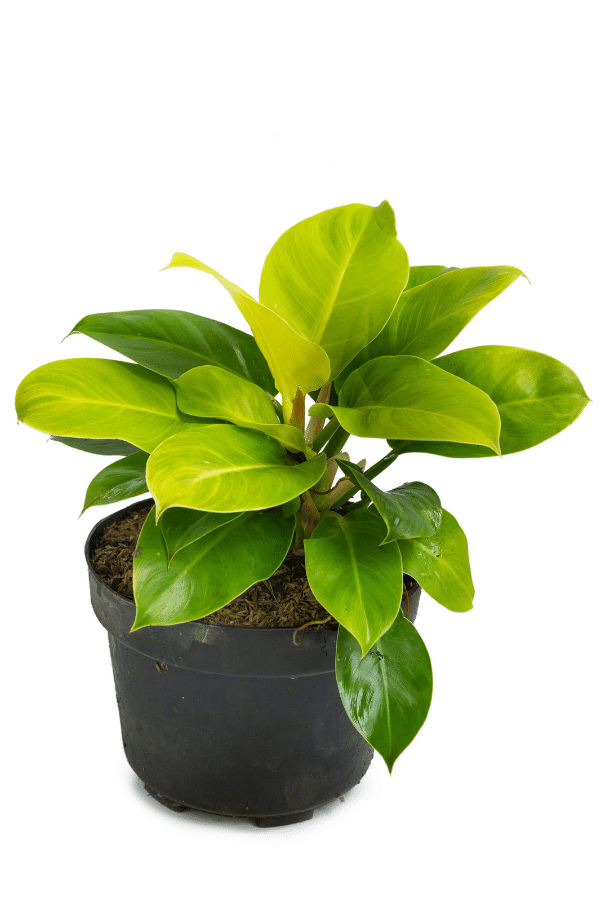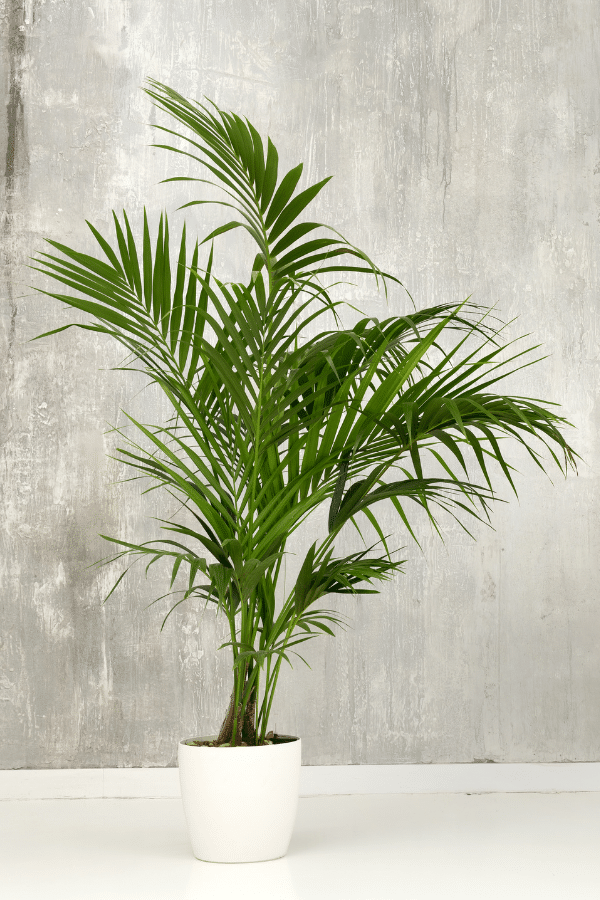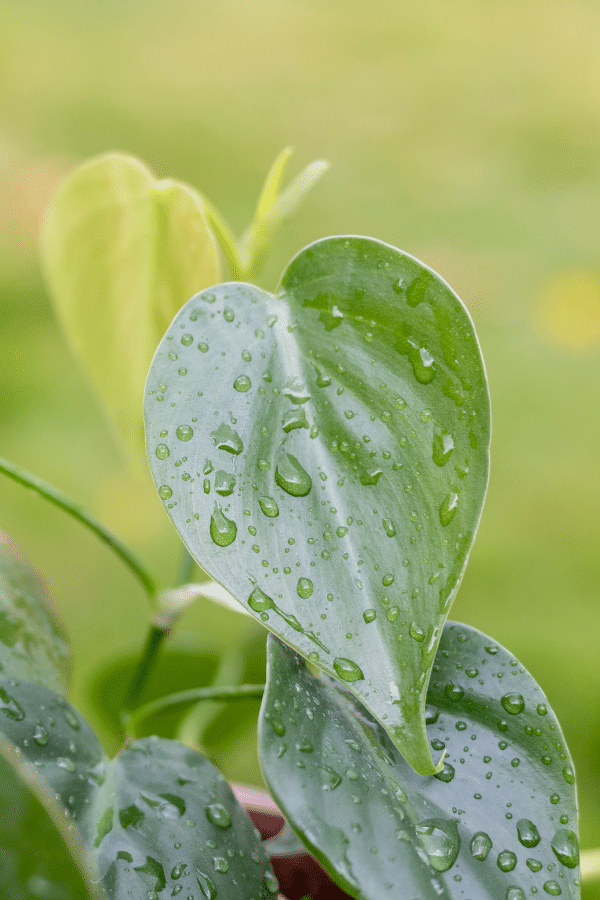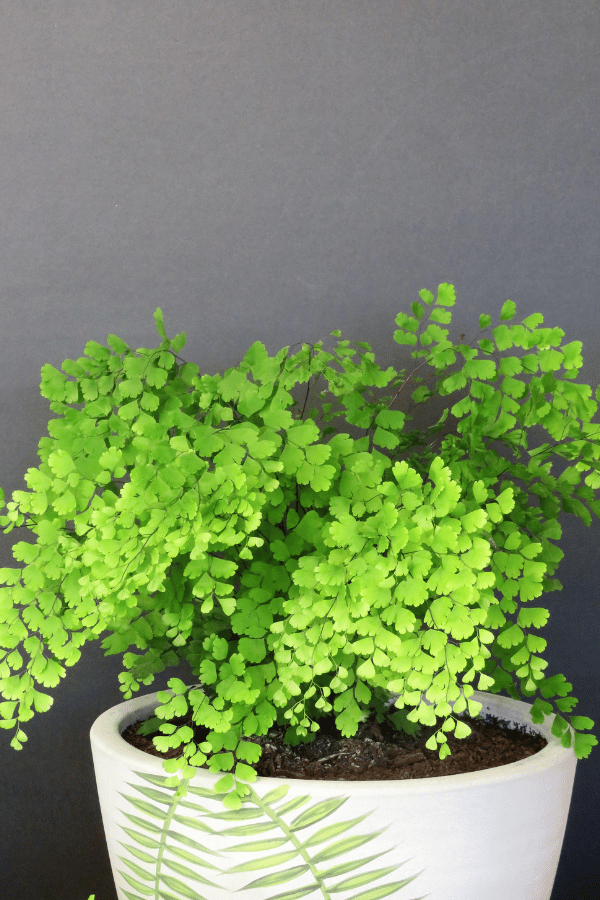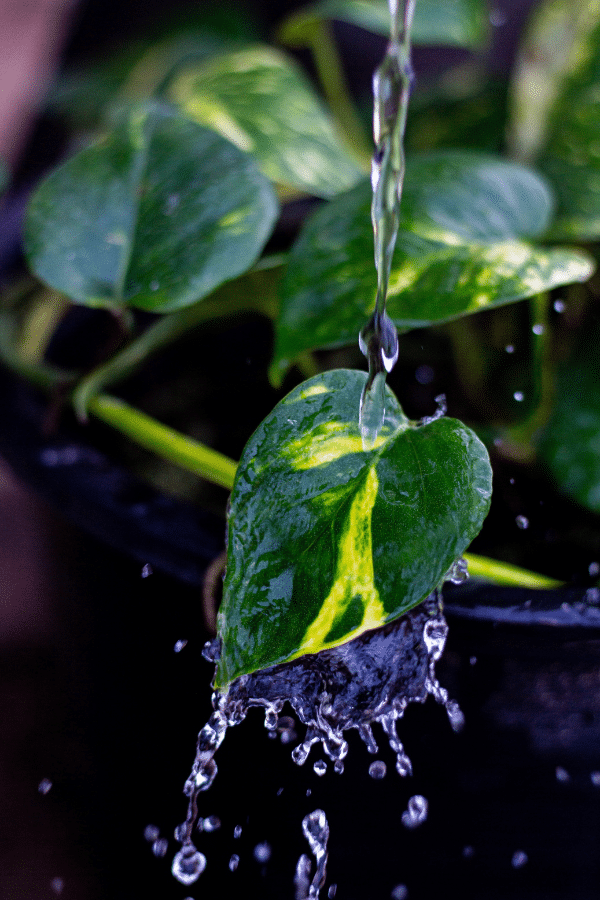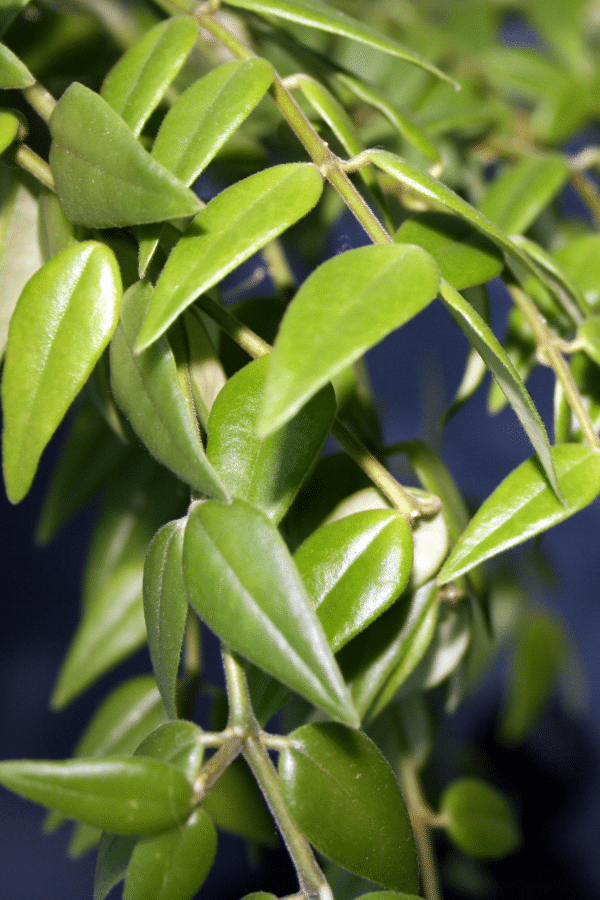Friendship Plant (Pilea Involucrata)
Scientific Name: Pilea Involucrata
Friendship Plant care is an easy Pilea to grow and care for. If you are looking for a plant that will grow fast but remain small in size with purple to red and bronze foliage colors, a Pilea Involucrata plant may be for you.
To give this Pilea plant the best care, it requires well-draining soil, water the plant when the top inch of the soil is dry, provide it with bright indirect sunlight, temperatures ranging from 65-75F, and high humidity levels.
Quick Care Overview
| Common Name | Friendship Plant |
| Scientific Name | Pilea Involucrata |
| Family | Urticaceae |
| Origin | Central & South America |
| Growth Rate | Fast |
| Identification | Green leaves with bronze, burgundy markings and purple undersides |
| Height | Up to 12 inches tall |
| Soil | Well-draining soil |
| Water | Water when the top inch of soil is dry |
| Temperature | 65-75F |
| Sunlight | Bright indirect sunlight |
| Toxic to Cats & Dogs | No |
| Toxic to Humans | No |
| Pests | Fungus gnats |
| Diseases | Root rot, leaf spot |
Below we will dive deep into this Friendship Plant care guide.
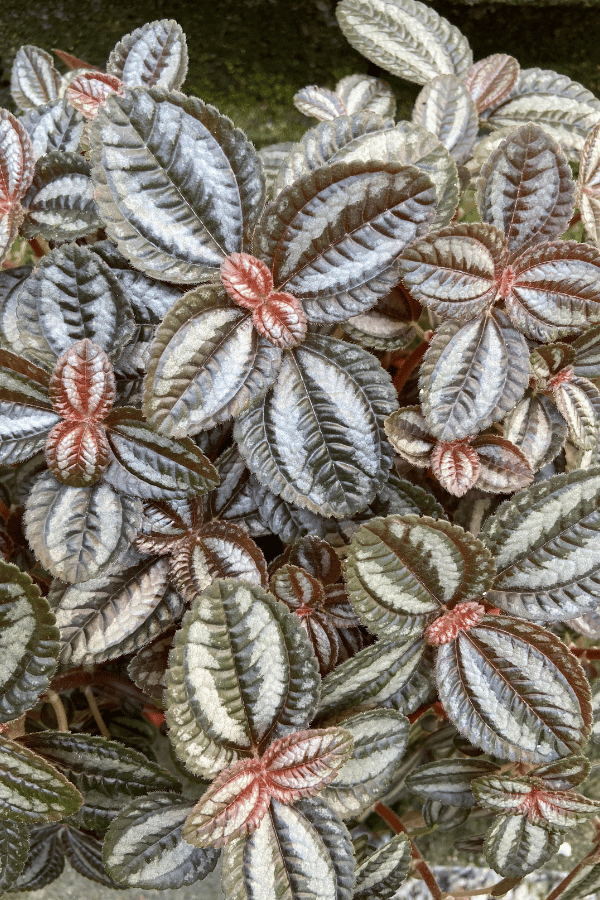
Friendship Plant History
Pilea Involucrata, otherwise known as the Friendship Plant or Moon Valley Pilea, is a fun, fuzzy, bushy plant that hails from the Nettle family. This lovely foliage plant has deeply patterned, colorful oval serrated leaves and may come as either a trailing plant or an upright plant.
Friendship Plant Identification
The Friendship Plant may be identified by its gorgeous bronze and burgundy coloring amongst green outer margins. Leaf undersides have a purplish-red color.
Friendship Plant Growth Facts
The Friendship plant is very fast-growing but will remain relatively compact in size.
How Big Does a Friendship Plant Get?
Pilea Involucrata may grow up to 12 inches tall and 12 inches wide.
Friendship Plant Care
The Friendship plant is easy to care for. Just ensure that you do not allow this plant to dry out or expose it to frost.
Friendship Plant Soil
Pilea Involucrata will enjoy being grown in a rich, well-draining growing medium. A quality commercial African violet potting mix will be perfect for this plant. Alternatively, you may create your own potting mix by combining coco coir or peat moss with commercial potting soil, perlite, and compost.
Friendship Plant Fertilizer
Pilea Involucrata is not considered a heavy feeder and is very susceptible to chemical burn from overfeeding. Fertilizing your plant once in spring and once in the middle of summer using a diluted, balanced fertilizer indicated for houseplants should be sufficient. Ensure that you follow all label instructions and do not feed during fall or winter.
Friendship Plant Watering
Although the Friendship Plant is not incredibly fussy regarding watering, you should ensure that you water it after the top 1-2 inches of soil has dried. Overwatering is the most common source of issues regarding the care of the Friendship Plant. Watering frequency may be reduced in fall and winter.
Friendship Plant Light Requirements
The Friendship Plant may tolerate a range of light conditions but should never be exposed to bright, direct sunlight, which may lead to scorching foliage. While this Pilea will prefer to be kept in bright, indirect light, it can also tolerate low light conditions. However, if kept in low light, foliage color will fade and will darken. Light from an eastern-facing window will be ideal. Alternatively, this Pilea will thrive if given artificial lighting to grow.
Friendship Plant Temperature & Humidity
Pilea Involucrata, being a tropical rainforest native, will appreciate being grown in warm, humid environments. This Pilea will prefer being grown between 65-75 degrees Fahrenheit. You should never expose your Friendship plant below 50 degrees Fahrenheit, as this may cause permanent damage. Although this plant can withstand average home humidity levels, if you live in an arid environment or would like to assist the growth of your plant, consider installing a pebble tray, humidifier, or grouping your tropical plants together to create a more humid microclimate. Additionally, this plant is sensitive to large temperature fluctuations, so keep it away from AC units and heaters.
Repotting Friendship Plant
Pilea Involucrata is very sensitive to repotting, and repotting can induce shock in this plant. Therefore, as this plant prefers to be slightly rootbound and has a very shallow root system, it will only need to be repotted every 2-3 years. Repotting should ideally be done in spring. If you notice roots popping out of the topsoil and from the container’s drainage holes, you will know it is time to repot.
Friendship Plant Maintenance & Pruning
The Friendship Plant will need regular pruning to keep it looking at its best. As this plant ages, it has a tendency to become leggy. Stems are easy to pinch off. Periodically pinch stems to keep the plant compact. Remove any dead, discolored, or diseased foliage as needed. Pinching back stems can encourage a bushier appearing plant.
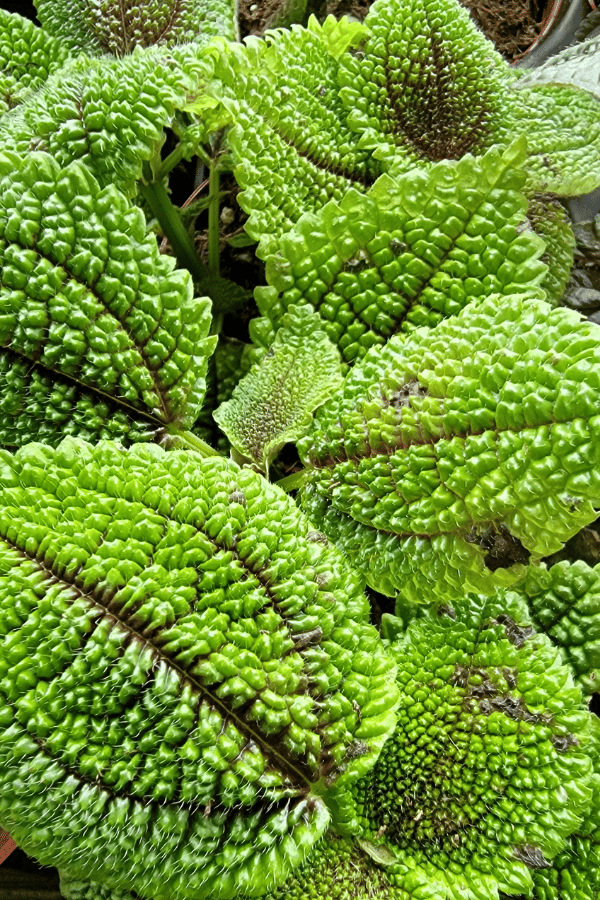
Friendship Plant Propagation
Friendship Plants are well known for their ability to be propagated extremely easily. It may be propagated from offsets or stem cuttings. Mature plants will produce offsets which may be removed and potted into their own containers. Alternatively, you may choose to take stem cuttings. Propagation should be done in the spring. Cut a stem section that is at least three inches long and has a couple of leaves. Plant the cuttings into soil and water thoroughly. Place the cuttings into a warm environment with indirect light and keep them moist. Stems should root within a few months.
Friendship Plant Toxicity
Toxicity to Humans
Luckily, Pilea Involucrata is not considered toxic to humans. Therefore, it is safe to keep around babies and small children.
Toxicity to Cats & Dogs
The Friendship Plant is not toxic to cats or dogs. However, you should avoid allowing your pet to ingest this plant, as it may cause permanent damage to the plant.
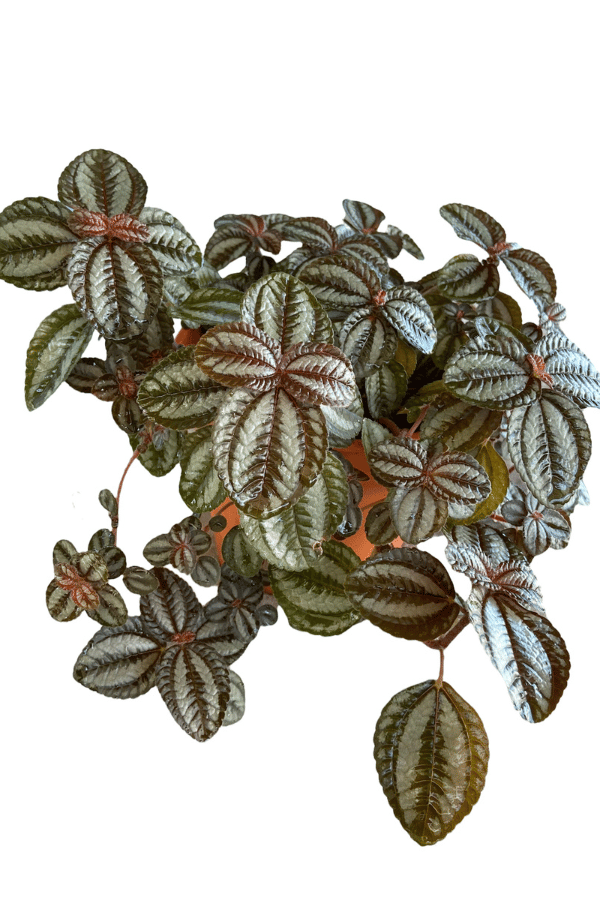
Friendship Plant Problems
Friendship Plant Leaves Turning Yellow
Yellowing foliage of the Friendship Plant typically indicates that the plant is being overwatered.
Friendship Plant Leaves Turning Brown
When the foliage of your Friendship plant turns brown, it is typically due to too intense of direct sunlight or low humidity.
Friendship Plant Diseases
Although Pilea Involucrata is not prone to plant disease, it may suffer issues from leaf spot and root rot. Ensure that you do not overwater your plant and avoid getting water on the foliage when watering. If you suspect your Friendship Plant is experiencing an issue, try reducing the amount of water you give your Pilea and consider increasing the light.
Friendship Plant Pests
Pilea Involucrata also does not suffer from pest issues often. However, this does not mean that it is immune to becoming infested by pests. Look for signs of pest infestation each time you water. If you notice a pest issue, treat it immediately.

